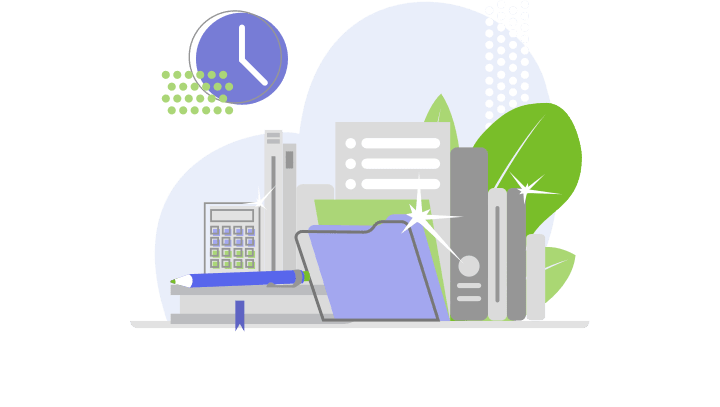
However, if the songs are unsuccessful, then S is not obligated under the terms of the contract to refund the advance royalties. Thus, the advance payments are not contingent upon the success of the songs. This method is usually used when a business plans to recognize an expense early on to lower profitability and, in turn, defer taxes.
Intangibles
However, who owns the intellectual property, i.e., the creator or the party who requested its development, also determines the type of income reported. The proper classification of royalties also affects the recipient’s tax liability in other ways, including self-employment tax, investment interest deduction limitations, and the new 3.8% net investment income tax on unearned income. Capitalized patent costs are recognized as intangible assets on the balance sheet. Estimating the asset’s useful life is essential, as it determines amortization schedules and guides impairment assessments. Factors such as technological advancements, changes in the competitive landscape, and the remaining legal protection period influence these estimates. Amortization of capitalized patent costs affects the income statement differently than expensing.
The Tax Benefits of Amortizing Your Patent Costs
The terms of the employment contract or separate licensing agreement must be examined to answer this question. Generally, if an individual is hired to create property, the employer owns the copyrighted or patented work, and the payments to the employee are compensation. Tax advisers with employed clients should review the tax authority, much of which is discussed in this article, to determine the proper tax treatment and to advise their clients regarding the structuring of future agreements.

Amortization of Intangible Assets
If a patent protects a company’s market position, prevents competitors from replicating a product, or enhances proprietary technology, it strengthens its status as a capital asset. However, patents acquired bookkeeping for short-term resale or those that no longer provide a competitive advantage may not meet this criterion. The $900,000 category 6 transaction costs would be capitalized into a separate intangible asset (e.g., acquisition costs). When you record patent expenses and amortization costs, you must record the number in both the patent amortization expense account ledger and the patent asset account ledger. For example, if the annual amortization expense were $5,000, you would enter a debit to the amortization expense account of $5,000, and a credit to the patent asset account for $5,000. The tax treatment of income generated from patents, such as licensing fees or royalties, also plays a significant role.
Accounting for Intangible Assets: A Complete Guide on Amortization and Useful Life
For example, if management decides it will not seek to renew a contract, the related intangible asset that once had an indefinite life now has a life equivalent to the remaining contract term (or even shorter). Because of the new perspective on the contract, the value patent amortization of the asset on the balance sheet may be higher than its fair value, particularly since it previously had not been amortized. Similarly, if the same intangible asset (which has an indefinite life and is not being amortized) is suddenly impaired, the asset’s indefinite life should be carefully reevaluated. Since the fair value has declined, the foreseeable period of benefit from the asset now is limited. In this case the company would assign the asset a finite useful life and amortize it henceforth. PARTICULAR INTANGIBLE ASSETS The key factor in determining whether to amortize an “other” intangible asset is its useful life.
- Congress grants patent creators more favorable capital gain treatment, which is discussed in the following section.
- By expensing patent costs, these businesses can lower their taxable income, potentially qualifying for lower tax brackets or other tax incentives.
- Without a patent, anyone can use the proprietary technology or design you invented to make a product and undercut your chances for success.
- The calculation for the straight-line methodology is ($100,000 – $50,000) / 5, which equals $10,000.
- The firm also debits the Patents account for the cost of the first successful defense of the patent in lawsuits (assuming an outside law firm was hired rather than using internal legal staff).
AccountingTools

This method amortizes the intangible asset based on its usage, rather than the passage of time. It is typically used for intangible assets where the consumption of the asset is tied to output or usage, such as software licenses or patents that are tied to units produced or sold. Understanding the types of intangible assets and the factors determining their useful life is crucial for accurate amortization and financial reporting. This knowledge helps businesses make informed decisions about managing and leveraging their intangible assets effectively. Thus, the latter part of this section discusses specific authority related to the transfer of patents. For example, in Boulez, the orchestra conductor Pierre Boulez was contracted to make a specific number of recordings for CBS Records.10 CBS was the sole owner of the recordings and filed for copyrights on the works.

- Unlike physical assets that depreciate over time due to wear and tear, patents are intangible and their value diminishes as the exclusive rights they confer approach expiration.
- Once a patent is recognized on the balance sheet, the process of amortization begins to systematically allocate the patent’s cost over its useful life.
- Useful life is the amount of time that an asset is considered useful to its proprietor.
- We can make the journal entry for patent amortization by debiting the amortization expense account and crediting the patents account.
- This entry ensures that the expense is recognized over time, matching the asset’s consumption to the corresponding periods.
Category 6 transaction costs are amounts paid or incurred to facilitate the acquisition, restructuring or reorganization of a business. When you amortize intangible assets, you must include the amortized amount on your income statement. Patents are a critical asset for many companies, often underpinning their competitive advantage and future revenue streams.
- The $900,000 category 6 transaction costs would be capitalized into a separate intangible asset (e.g., acquisition costs).
- Amortization means spreading the cost of an intangible asset over its useful life.
- They may also become impaired over time, at which point the company will recognize an impairment expense and reduce the value of the asset on its balance sheet.
- This means, for tax purposes, companies need to apply a 15-year useful life when calculating amortization for “section 197 intangibles,” according the to the IRS.
Under Sec. 178, if extensions were not included, the amortization period would be five years. In situations like this, taxpayers re-cover cost over the intangible asset’s legal or useful life, whichever is shorter. For year 1, R’s amortization deduction for the patent would be $1,500 (($48,000/96 (months in eight years)) × 3 (months in year 1)). Under the Sec. 167(g) income-forecast method, taxpayers can depreciate certain property on the basis of anticipated income. Specifically, a property’s cost recovery deduction for a year is determined by multiplying its adjusted basis by a fraction, the numerator of which is current-year income, and the denominator of which is forecasted total income. Forecasted total income is that income expected to be generated prior to Interior Design Bookkeeping the close of the tenth year after the year the property is placed in service.
